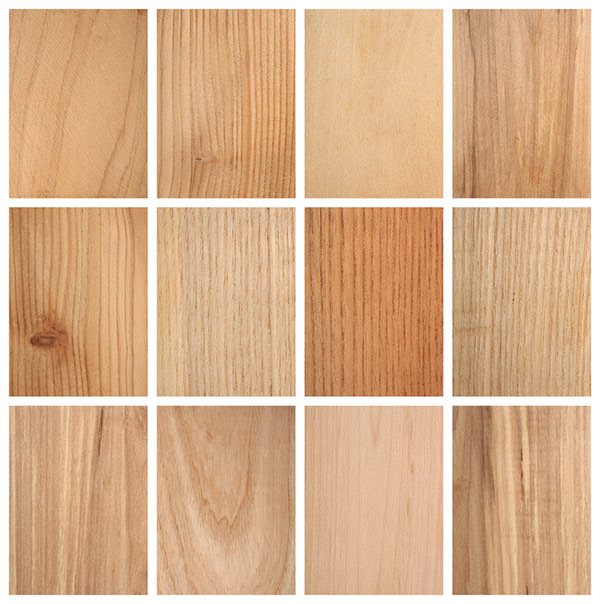The design of the box frame window is completely different to its cousin the casement. Most notably the front portion of the cill is exposed to the elements constantly throughout the seasons year after year. This aspect of the design often led the most conscientious window-makers to specify the cill in a much more durable species and European Oak (quercus robur) was found to be ideal: it might change in the long-term, e.g. it is prone to hardening, yet it is virtually impervious to rot, fungus and insect infestation.
The combination of these timbers made for a long-lasting, high quality window with minimal maintenance requirements apart from the occasional lick of paint every few years. It might possibly be the case that the window you are replacing is original to the property and therefore testifies to how long these things can actually last.
The design of the box frame is relatively complex, being constituted of numerous parts, each performing a separate and essential function. Many parts were intended to be replaced from time to time by experienced carpenters and local timber merchants would hold these profiles in stock to avoid the cost and delay of getting them made up for each window – they are still available today – these are the staff and parting beads. The carpenter could confidently arrive for a day’s work with a handful of beading confident that it would fit into the grooves originally placed by the joiner.
We have thought about this partnership between workshop and site and decided that it is only right to continue this tradition.
Our parting beads are made of oak for strength and longevity and are of a section that can be bought off the shelf in the UK in the event of breakage or frame restoration.
Likewise our staff beads are of standard profile (with an additional layer of drought-proofing incorporated) and can also be easily replaced.
In the unlikely (long-term) event that the front portion of cill is eroded by extreme weather conditions, we have made up the cill in two parts so the carpenter has an easier time removing the damage and has a cleaner line to work to in his replacement efforts.
You might encounter window salespeople that extoll the benefits of ‘engineering’ all the timber parts of the products they offer – this, we believe demonstrates a fundamental misunderstanding of the original design and a reliance on suppliers that prefer a homogenized readily-available joinery material that requires little operative involvement in the windows they produce. Occasionally it might be necessary to laminate certain sections to achieve a given result but this must be done with empathy and understanding of how the window will perform in the years to come, it is not a universal panacea for guaranteed quality.
We believe we have taken all practical steps possible to ensure that your beautiful new windows will last for many years and that they are faithful to the rich tradition of British Joinery.



